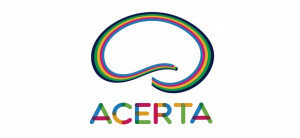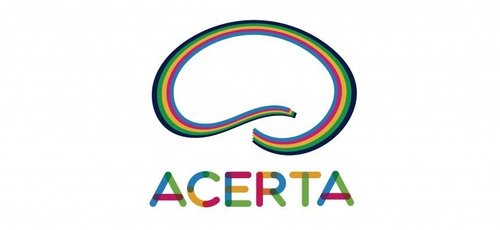ACERTA Project
Project Coordinator: Augusto Buchweitz, PhD
The ACERTA project emerged with the purpose of better understanding the changes that occur in the brains of children undergoing literacy. The main objective is to understand why some children develop learning disorders. In conjunction with two other research centers, in Florianópolis and Natal, early biomarkers of these disorders are being identified through the use of functional and structural neuroimaging.
In parallel, the project aims to disseminate and raise awareness among the school community about specific reading (dyslexia) and mathematics (dyscalculia) disorders, which affect between 5 and 10% of children worldwide. The research is organized around three main axes: clinical and pedagogical evaluation, identification of biological markers and construction of predictive models of learning disorders.
If you know a child in the age group proposed by the survey (children aged 9 to 13) and would like an outpatient evaluation at our Institute, write to projetoacerta @ gmail.com .
Understand the fundamental process for learning to read
Before we learn to read, exercise and develop our understanding of text, it is necessary to learn to identify the sounds that are associated with each letter of the alphabet, and the words that these letters form. Of course, the reading process is not just about decoding. It is necessary to develop reading and understanding (for example, the process of inferencing, building main ideas, among others). When decoding becomes automatic, then it is possible to read stories, understand books and content. What if this process of decoding the letters on this page were slow, poorly developed? You would take a long time to read what is written here and, in the end, you probably wouldn't even remember most of the text.



